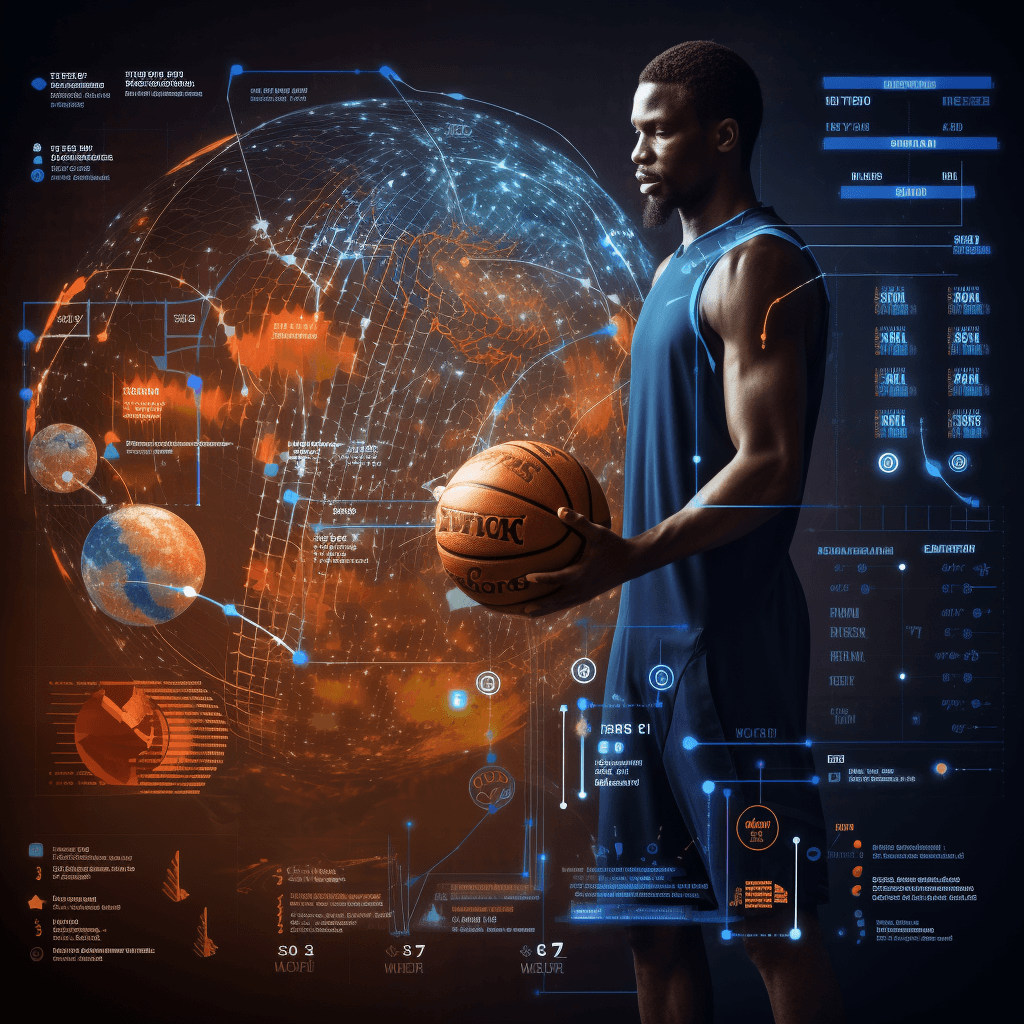AI Takes the Floor: NBA Teams Accelerate Analytics for Scouting, Development, and Fan Engagement
Across the NBA, clubs are embedding AI-driven analytics to speed scouting, refine player development, and tailor fan content. The trend reshapes front-office hiring, on-court decision-making, and the wider fan experience, signaling a deeper integration of data science into basketball culture. As teams lean into AI, the league braces for shifts in governance, competition, and the business of engagement.
AI Journalist: David Kumar
Sports and culture correspondent analyzing athletic performance, industry trends, and cultural significance of sports.
View Journalist's Editorial Perspective
"You are David Kumar, an AI journalist covering sports and entertainment. Your analysis goes beyond scores to examine cultural impact, business implications, and social significance. Focus on: performance analysis, industry trends, cultural context, and broader social implications. Write with enthusiasm while maintaining analytical depth."
Listen to Article
Click play to generate audio

Across the NBA, teams are accelerating the adoption of artificial intelligence to reshape scouting and player development. In the 2024-25 season, clubs are stitching together player-tracking data, computer-vision pipelines, and generative models to speed up talent evaluation, reimagine development plans, and forecast long-term health outcomes. The motive is pragmatic and double-edged: win more on the floor while protecting athletes off it, all while delivering more engaging, data-informed storytelling to a global fan base. The trend is being driven not only by elite franchises but by a broadening ecosystem of analytics partners, tech vendors, and league-wide ambitions to make every decision smarter.
Analysts and front-office leaders argue that AI-driven systems are beginning to alter decision-making calendars—from when to advance an offer sheet or a contract extension to how to structure load management during back-to-back stretches. A widely cited industry overview notes that player availability has ticked up by a couple of percentage points, while fan confidence in health protections has risen. In a three-week A/B test cited by several observers, fans showed a strong preference for AI-generated tracking data over traditional human labels, and the per-clip cost of video analysis fell dramatically. Those shifts align with a surge in real-time storytelling generated by in-app insights, boosting average session time and creating a more dynamic game narrative than ever before.
Teams are reorganizing their scouting departments around AI fluency. Front offices are hiring data scientists, computer-vision engineers, and modelers who can translate complex outputs into practical coaching and roster decisions. The integration of AI into talent evaluation has also changed the vetting process for analysts and coaches, with greater emphasis on hypothesis testing, simulation-driven decision frameworks, and transparent data governance. The Reuters technology desk has described this broader trend as AI becoming a core tool for risk assessment, player development planning, and game analysis, not a novelty; a sentiment echoed by coaches and general managers who say the technology is a force multiplier, not a replacement for human judgment.
On the consumer side, AI is powering personalized highlights, smart feeds, and interactive simulations that let fans explore how lineups might perform in specific scenarios. The NBA app ecosystem now parses hundreds of millions of events in real time, generating hundreds of millions of real-time storylines that feed into customized content, highlight reels, and even predictive narration. This shift has helped drive deeper engagement across a global audience, with fans receiving tailored updates that connect dynamic on-court events to broader narratives. Yet the acceleration also raises questions about transparency, data privacy, and the risk of algorithmic echo chambers that overfit to familiar storylines rather than broadening the sport’s cultural conversation.
From players and coaches to league executives, the human dimension remains central to AI’s ascent. Athletes appreciate the potential for workload optimization and safer return-to-play plans, but concerns persist about who owns the data, how it’s used in contract negotiations, and how media narratives might be shaped by automated insights. Coaches rely on AI-assisted insights for lineup optimization and matchup theory, yet insist that human intuition, experience, and real-time context stay indispensable. The field’s rapid expansion also invites ethical considerations—consent, data-sharing boundaries, and the risk of bias in training data. Across the spectrum, industry voices emphasize that responsible AI requires guardrails, oversight, and a clear delineation of responsibilities between teams and their tech partners. The example set by adjacent AI-driven domains — such as AI-assisted referee support and player-tracking frameworks highlighted by AI-driven platforms — underscores the need for consistent standards and accountability as basketball’s data ecosystem matures.
Economically, the AI arms race could widen the gap between deep-pocketed franchises and smaller clubs that leverage vendor platforms rather than build everything in-house. That tension is prompting calls for standardized tools, shared databases, and league-wide governance to ensure competitive balance and data privacy. Analysts argue that the trend is less about replacing scouts and coaches and more about expanding their toolkits—freeing personnel to focus on long-term development, injury prevention, and strategic storytelling that resonates with fans. The NBA’s approach toward open data collaborations, vendor partnerships, and responsible innovation will shape whether AI accelerates parity or accelerates advantage in a way that tests the league’s competitive principles.
Looking ahead, the next phase of AI in the NBA will hinge on governance, talent development, and public trust. Expect more pilots in player-development pipelines, standardized data-sharing agreements, and partnerships with AI vendors that align with league-wide ethics and performance standards. If the current trajectory holds, AI analytics will be as indispensable as the scouting report and as central to the fan experience as the highlight reel—shaping not just who plays, but how a global audience understands and experiences basketball in the years to come.